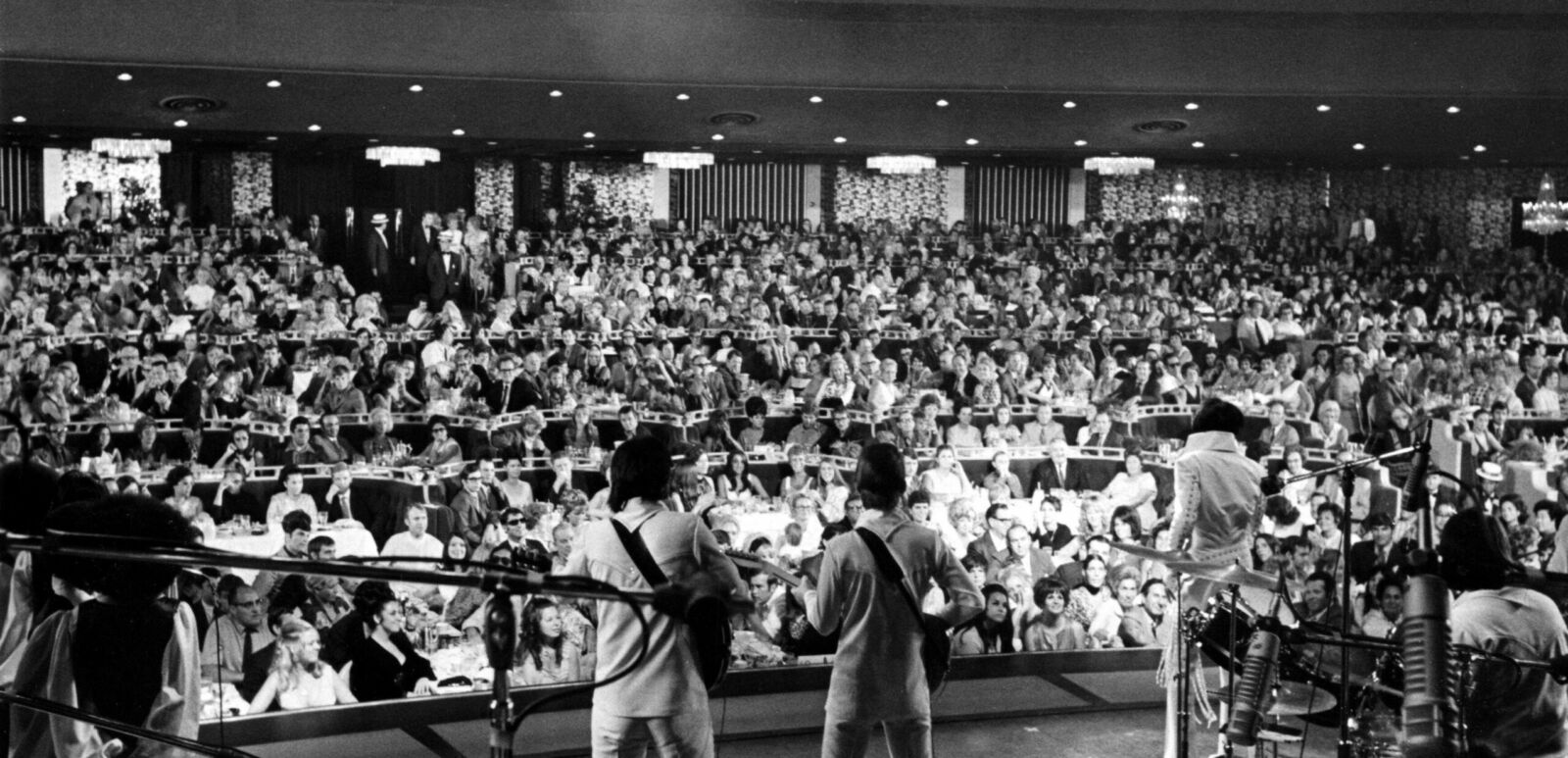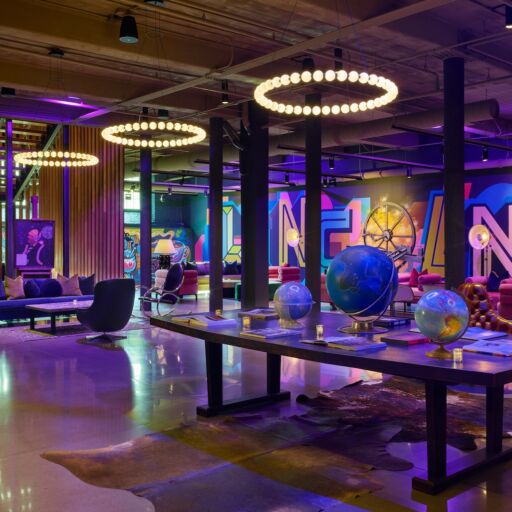In Vegas, history can be as elusive as a winning roulette strategy. The city bulldozes its past with ruthless efficiency, and, aside from the neon graveyard, there aren’t many places that tell the city’s story. But just off the strip, inside a colossal three-towered resort, you’ll find where Vegas as we know it was born. Where the King of Rock and Roll played for more than 600 sold-out crowds and changed the way people thought about vacationing in the Nevada desert. The Westgate Las Vegas Resort & Casino, once known as The International, still stands as the onetime home of Elvis Presley — and you can still see a show on the stage Elvis made famous.
The World’s Biggest Name for the World’s Biggest Hotel

Calling the massive, 3,000-room Westgate “The House That Elvis Built” isn’t completely accurate. The International Hotel was the dream of MGM owner Kirk Kerkorian, who throughout the 1960s and 1970s, vied with Howard Hughes to see who could build bigger and better Vegas resorts. The International was Kerkorian’s checkmate, the largest hotel in the world at the time, which would house the city’s largest theater.
“They knew they had to get somebody big in there,” says David Stanley, Elvis’ step-brother who lived and worked with Elvis at the International during his entire run. “And Kirk was gonna get what he wants, so they signed [Elvis] to the contract before the hotel was even completed. They gave him a million dollar contract for one year.”
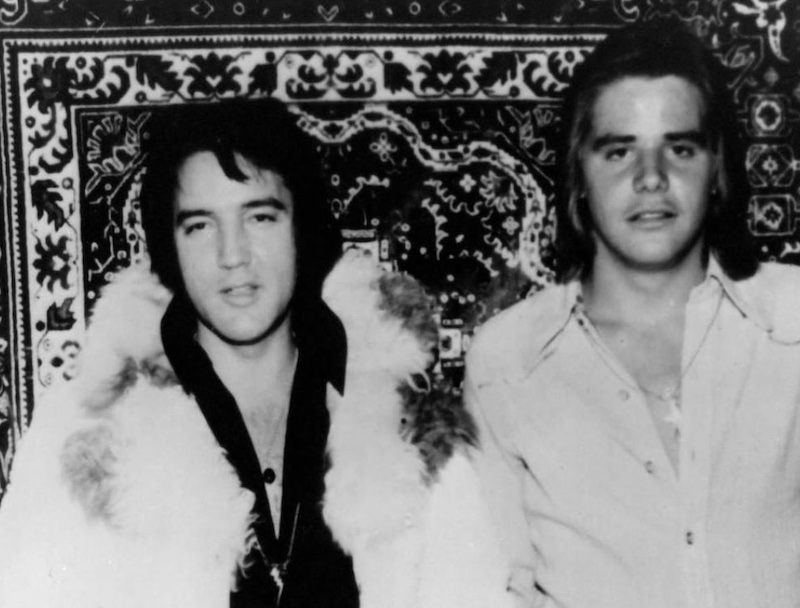
Elvis with his brother, David Stanley.
Barbara Streisand played the showroom’s opening night in 1969, but Elvis was the hotel’s first regular performer, beginning his residency the same year. He quickly became the city’s biggest draw.
“When Elvis opened this place up, it was almost like the place was glowing,” says Stanley. “They realized they had a ‘wow’ here. It started bringing people from all over the world. In February we’d have adults, and in August, we had families with their kids.”
Over the next seven years Elvis became the Vegas icon, playing two shows a night for 30 consecutive days during February and August, selling out every one. There was a dinner show at 8 p.m. and a cocktail show at midnight. Tickets were $15 – the city’s most expensive at the time – and the midnight show included drinks.
It was the first residency of that scale in Las Vegas and set the standard by which future residencies would be judged.
Celebrities and Shoot-Outs on the Top Floor
“There’s a lot of things I can tell you I did here,” Stanley says as he sits inside the Westgate’s Verona Sky Villa, a 15,000-square-foot Italian palace set on the hotel’s top floor. It’s in roughly the same place where Elvis’ 5,000-square-foot shag carpet palace sat 50 years ago. “But there’s more things I can’t tell you.”
Among the printable stories, Stanley recalls was an evening when Alice Cooper, Liza Minelli, Chubby Checker, and porn star Linda Lovelace came to visit.
“Elvis was a martial artist. He looked at Alice Cooper and decided he wants to do a karate demonstration with him. Elvis says, ‘Stand up and point this gun at me. David, give him your gun,’ because we all carried guns and we thought we were bad.”
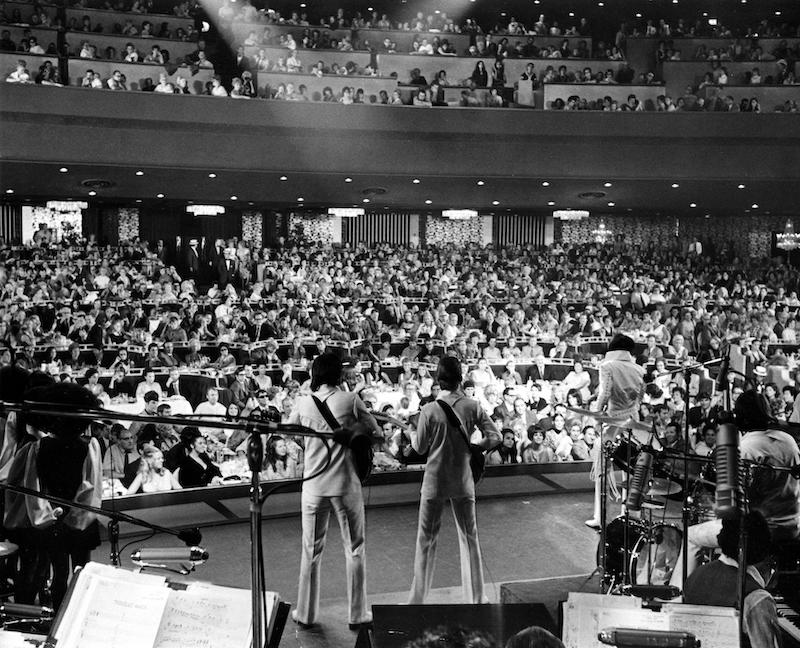
“So Cooper takes it, I made sure the gun was empty, obviously. So he [points it at Elvis], and Elvis knocks the gun out of his hand, throws him on the ground, puts his foot on the throat, and says, ‘How’d you like that son?’ I said to Alice Cooper, ‘Did you?’ Of course Alice loved it. And then Liza Minelli was like, ‘Me next, me next!”
Elvis’ Vegas days, as Stanley tells it, were as rock star as they come. He’d wake up at the crack of 4 p.m., enjoy a breakfast of eggs and occasionally cantaloupe, plan the show, eat dinner, play the early show, relax, play the late show, then party all night.
“Elvis would get bored, and he was a gun fanatic. But I say that in a positive way,” Stanley says. “And he had a .22 automatic he always brought to the breakfast table. And one day he goes, ‘I am so bored. What can we do?’ So Elvis picks up his gun and he goes, ‘I betcha I can shoot that light outta that chandelier.’ He starts shooting, shoots out like three chandelier lights.
He said, ‘You try it.’ Everybody on the couch starts shooting at the chandelier. We go through the first show, and we come back up. It’s raining that night, and the rain had poured through all the holes because we were on the top floor.”
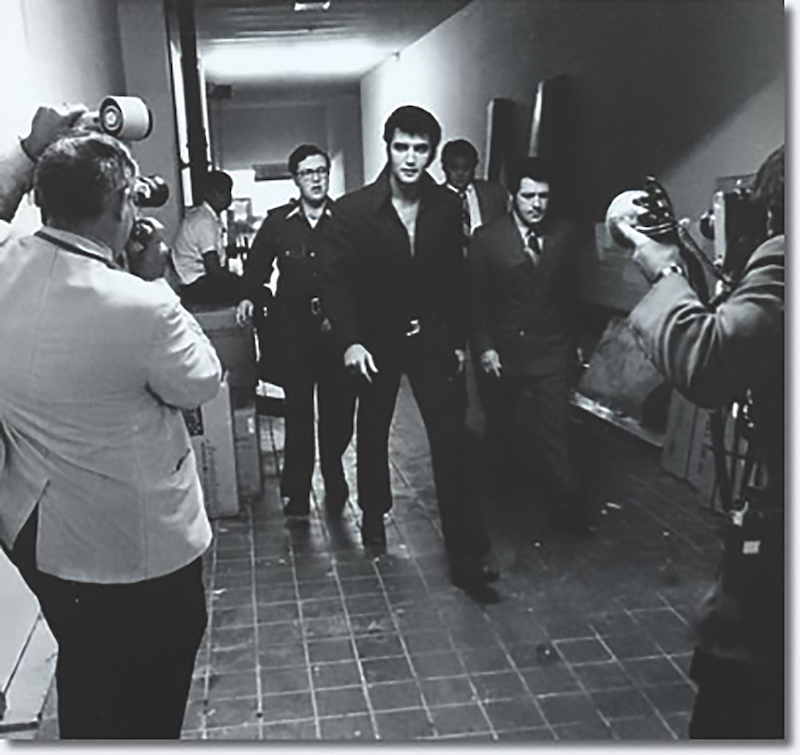
Other celebrities would stop by, from Frank Sinatra and the Rat Pack to Elton John and Led Zeppelin. In the early ‘70s, anyone who was anyone saw Elvis at the International, and the shows were no less insane than what went on upstairs.
“Everyone wanted a piece of Elvis,” says Stanley. “When Elvis came out, 500 young ladies would rush the stage. Then two minutes later, 500 old ladies would rush the stage waving bras and panties.”
The theater looked a little different back then, filled with tables and banquets like you may have seen in the recent Baz Luhrmann biopic. Luhrmann actually came to the Westgate before filming “Elvis” and created a replica of the theater to film the movie’s Vegas scenes.
“None of the movie was filmed here,” says Stanley. “But they did an amazing job of recreating that theater.”
A New Elvis Experience Comes to the Westgate
Today, the theater is home to Barry Manilow’s residency “The Hits Come Home,” which he’s held at the Westgate for 14 years. Stepping inside is a bit like walking into an historic stadium. As you look around and realize that, where rows of seats now sit, the King of Rock and Roll once roamed through dinner tables. When Elivs wasn’t there, it was Liberace or Wayne Newton commanding the crowd.
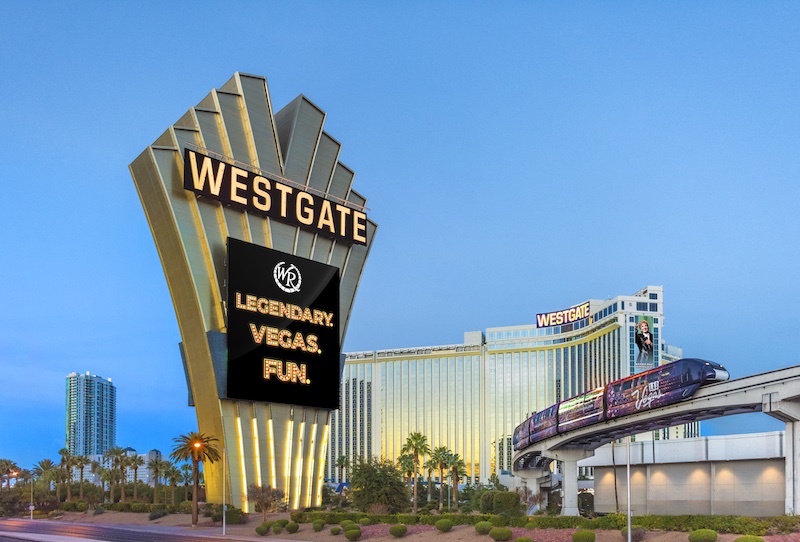
“Fans from all over the world still come by each week asking for just a glimpse inside the International Theater,” says Westgate COO Mark Waltrip. “His last show was in 1976, so it’s now been 47 years.”
Notoriety extends past the showroom at the Westgate too, from the Elvis statue in the lobby to the world’s largest Benihana, which cinephiles may recognize as the setting for a famous fight scene in “Kill Bill.”
This summer, The Westgate is launching a program called “My Brother Elvis” in conjunction with David Stanley, where groups of 25 to 30 people will tour the International Theater with Stanley as he walks them through Elvis history. They’ll see everything from his dressing room with a bar in the mirror, to the spot where he prayed before every performance. Afterwards, the group will sit onstage as VP of PR Gordon Prouty leads a Q&A session.
Elvis may still be in the Westgate too, and not just the tribute artists who occasionally grace the casino floor. Waltrip says the King’s ghost has made appearances here too, making the Westgate possibly the world’s largest haunted hotel.
“Wayne Newton tells the story of how a few months after Elvis’ death he was performing on our stage and swears he saw the ghost of Elvis in the upper balcony,’ Waltrip says. “Celebrities, team members, and guests have shared stories about their personal Elvis experiences, but one thing they all have in common is that Elvis’ presence is something they can feel and very much exists here to this day.”


